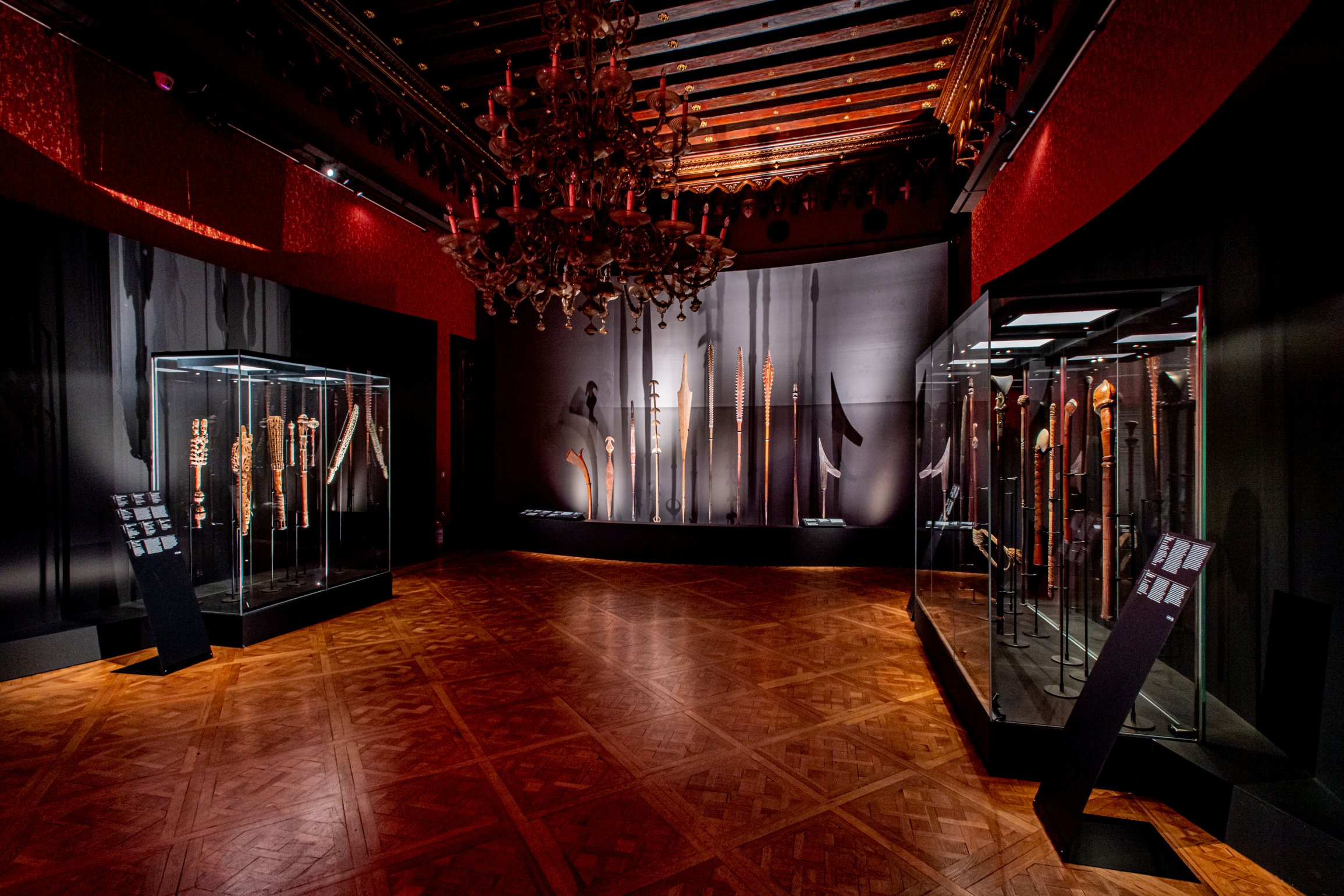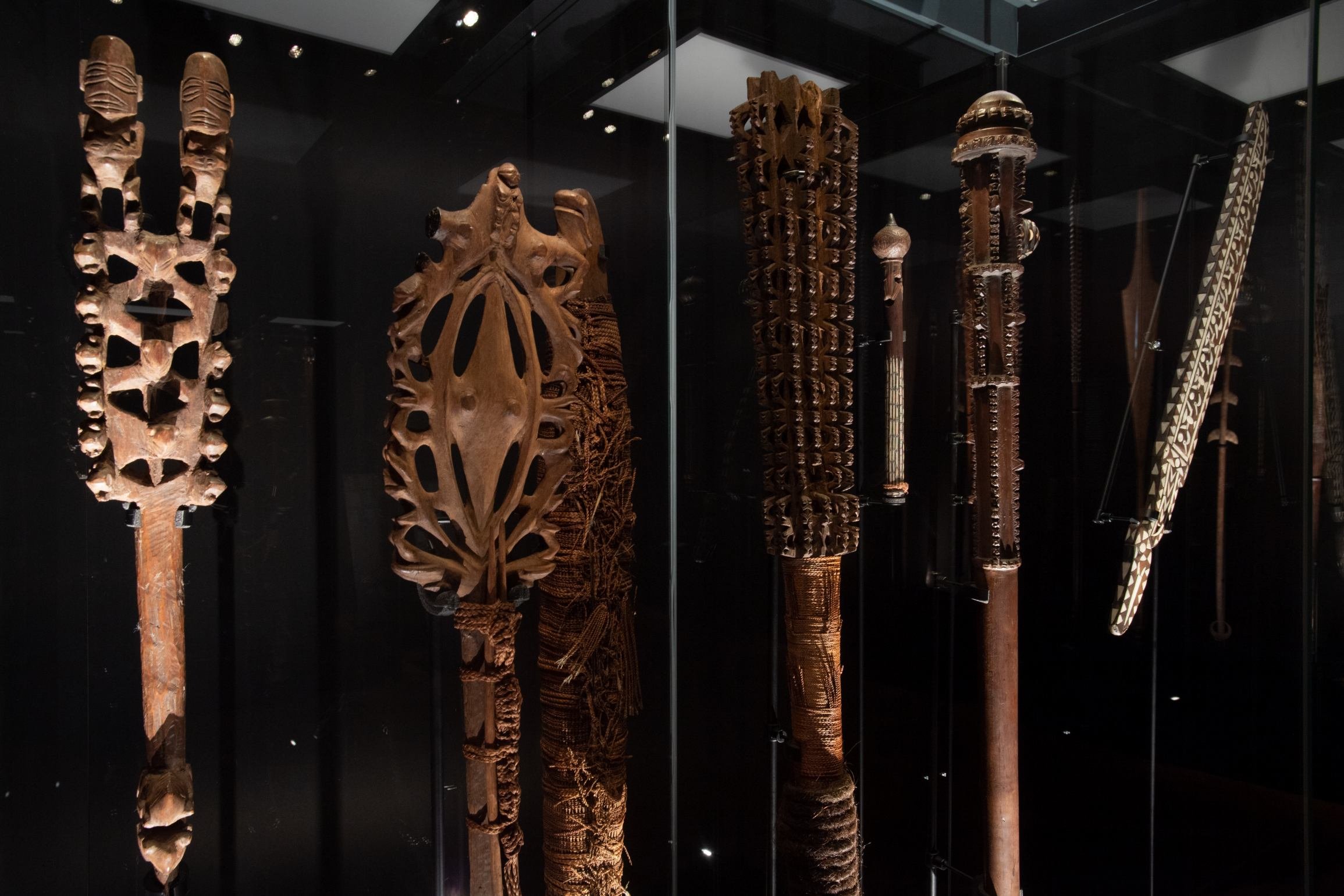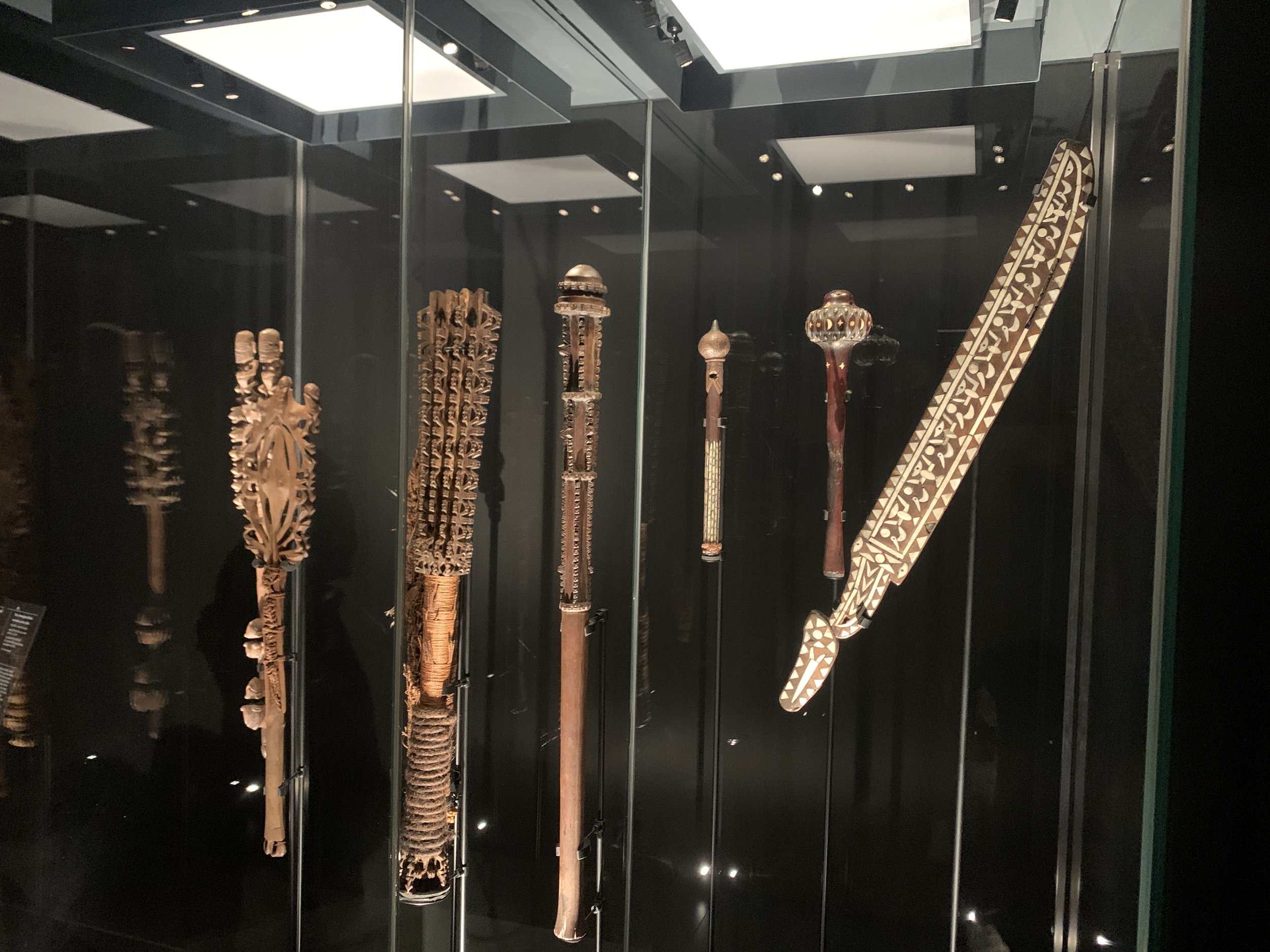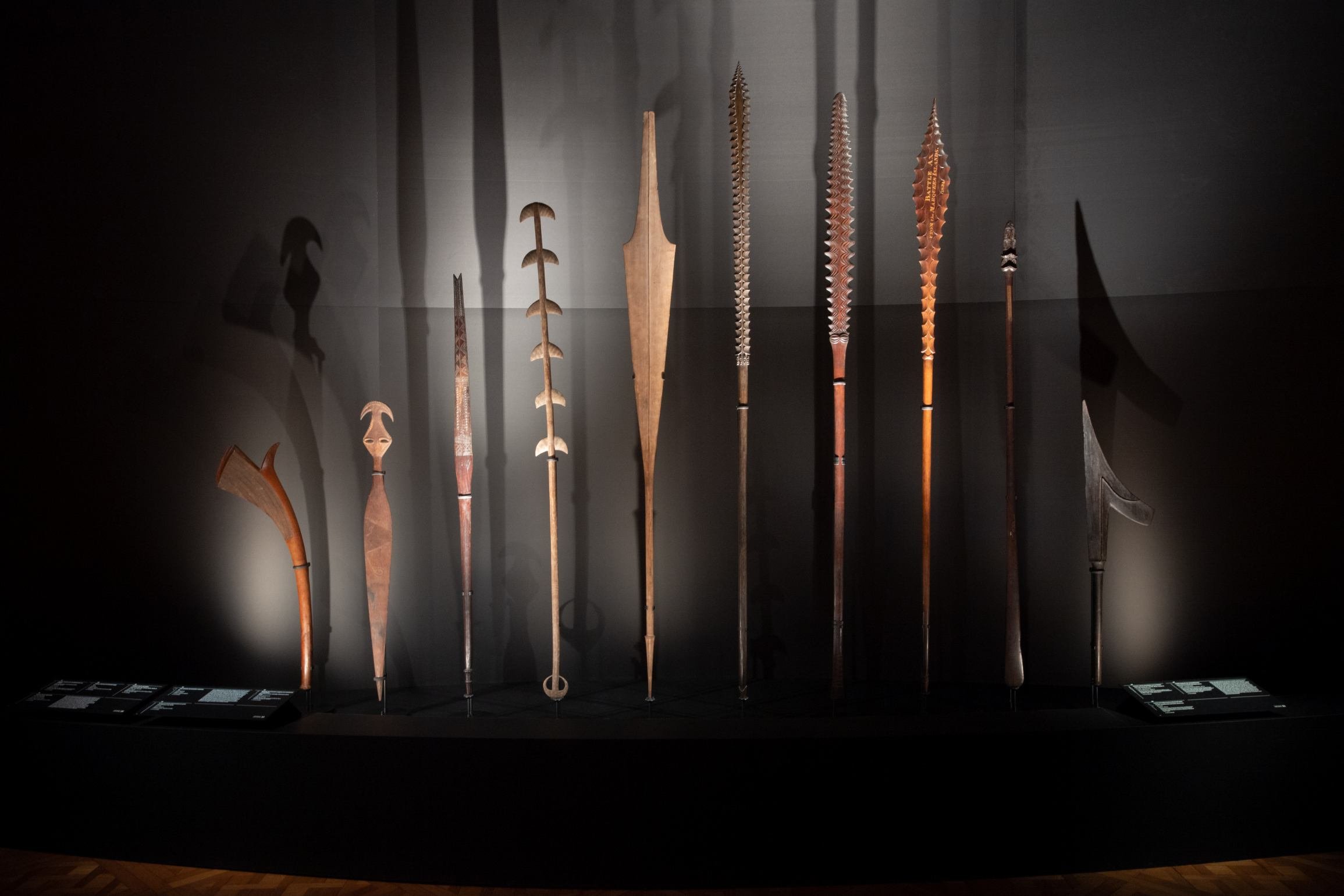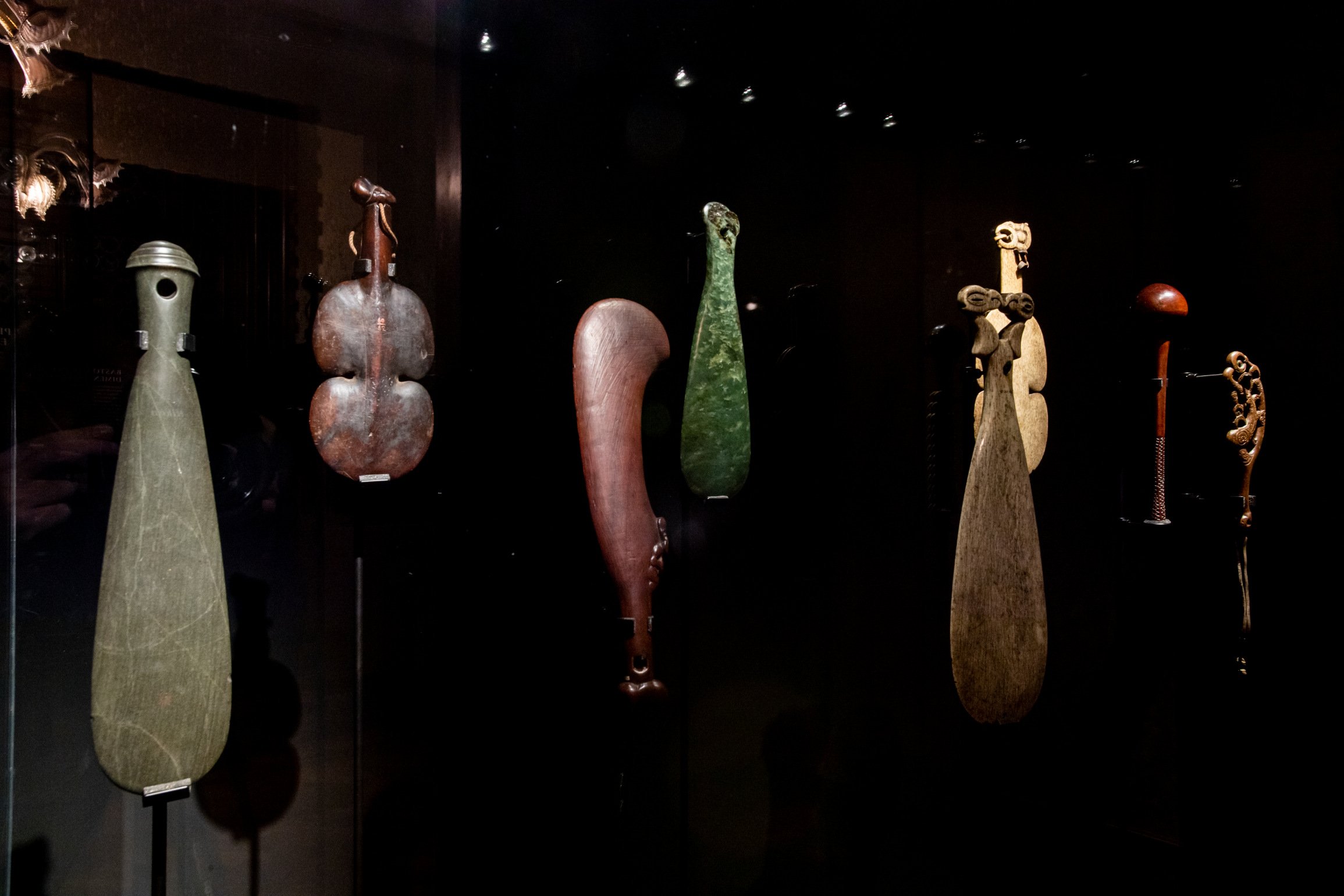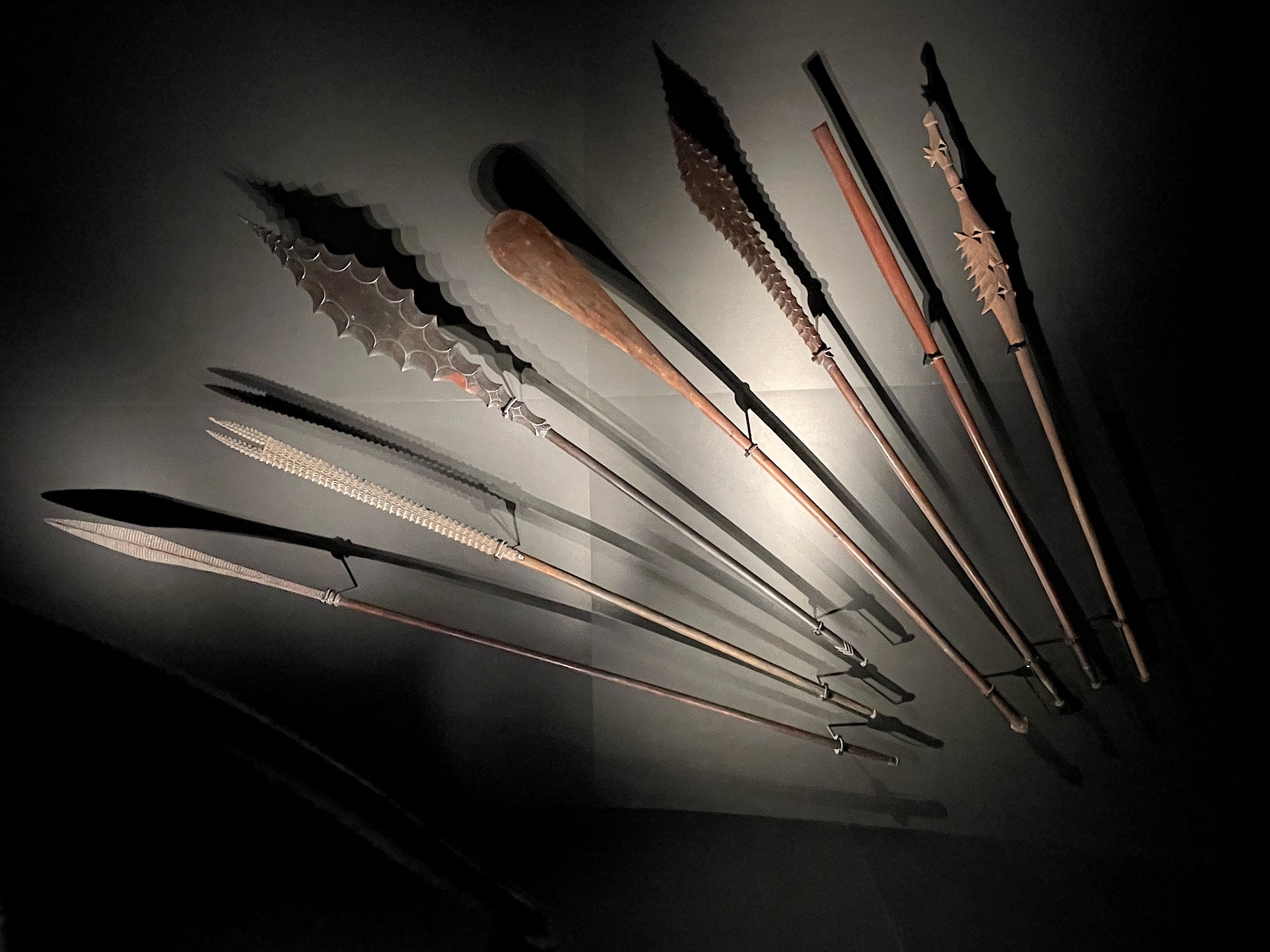Power and Prestige: The Art of Clubs in Oceania at Fondazione Giancarlo Ligabue
Power and Prestige
The Art of Clubs in Oceania
October 16, 2021 — March 13, 2022
A voyage to discover Oceania's clubs, to learn about their sculptural beauty and their deeper meaning. The audience will be asked to abandon their preconceived notions about "clubs" in order to finally see them under a new light: impressive and powerful works of art, symbols of authority, power and divine favor.
"Power and Prestige: The Art of Clubs in Oceania" is an exhibition never held before and organized by Fondazione Giancarlo Ligabue in collaboration with the Musée du quai Branly-Jacques Chirac in Paris. The aim of the exhibition is to challenge assumptions and prejudices about "clubs" and reveal their full cultural complexity as sculptures, images of deities, symbols of authority, and weapons. Their remarkable sculptural qualities and decorative elaboration demonstrate that they can be considered genuine works of art and not just battle equipment or insignia of rank.
The exhibition explores the cultural contexts of their creation and use, as well as similarities and differences in each area, providing new information on the relationships between the island groups in question. The exhibition shows approximately 130 clubs from major European collections. Among the main lending institutions, in addition to the Musée du quai Branly, are The British Museum (London, UK), English Heritage, Audley End House and Gardens (Essex, UK), Musée d'Histoire Naturelle (Lille, France), Museum of Archaeology and Anthropology (University of Cambridge, UK), Nationaal Museum van Wereldculturen (Leiden/Amsterdam, Netherlands), National Museums of Scotland (Edinburgh), and Royal Museum for Central Africa/AfricaMuseum (Tervuren, Belgium).
The curator of the exhibition and main author of the catalog is Professor Steven Hooper, Director of the Sainsbury Research Unit at the University of East Anglia, UK.
A fresh look at the many meanings and forms of the club across two centuries of Oceanic culture.
Featuring more than 150 clubs made in the 18th and 19th centuries from across a vast geographical and cultural span, Power and Prestige explores a fascinating Oceanic object form that has long been misunderstood by Western scholars. From Australia, Polynesia, Melanesia, and New Zealand to Hawaii, Easter Island, and the Marquesas Islands, carved clubs have played many roles beyond combat in Oceanic cultures. The range in the size of works presented here—from 15 inches to more than six feet, and made in materials ranging from nephrite and wood to whalebone--points to this diversity of utility and form. In this abundantly illustrated volume, essays detail the clubs' use as ritual and religious objects, mediums of exchange, status symbols, and more. Other texts break down the specific function clubs performed within each culture, as well as the symbolic meaning of the beautiful images and patterns inscribed on them.
TRIBAL ART MAGAZINE #102 — WINTER 2021
THIS IS NOT A WEAPON
Reappraising Clubs from Oceania
by Steven Hooper
This article is generously provided by Steven Hooper, Tribal Art Magazine and Alex Arthur.
Exhibition Preview
